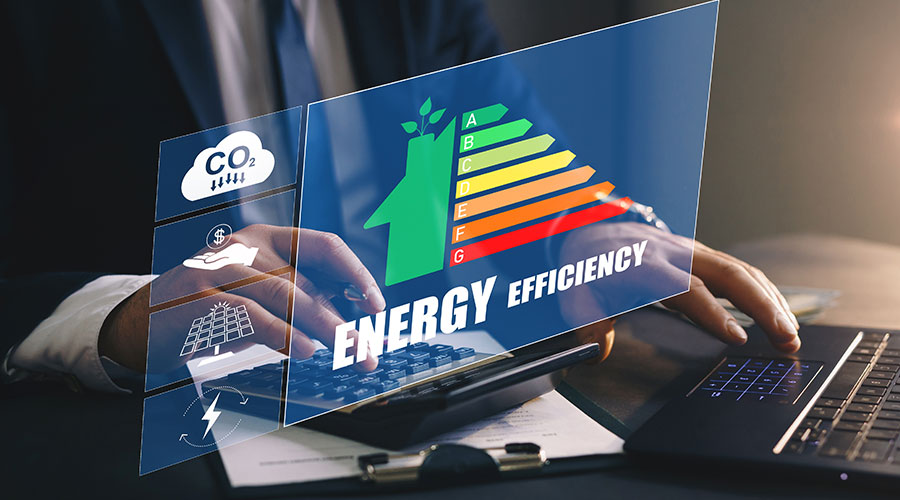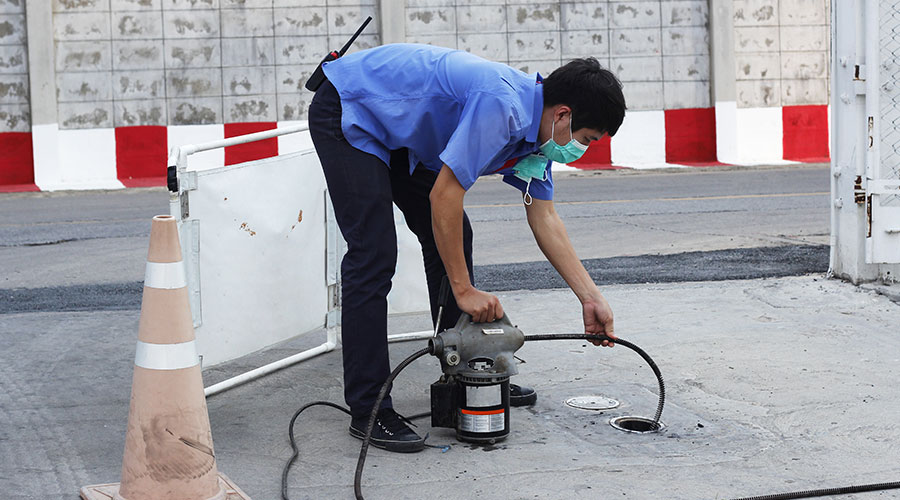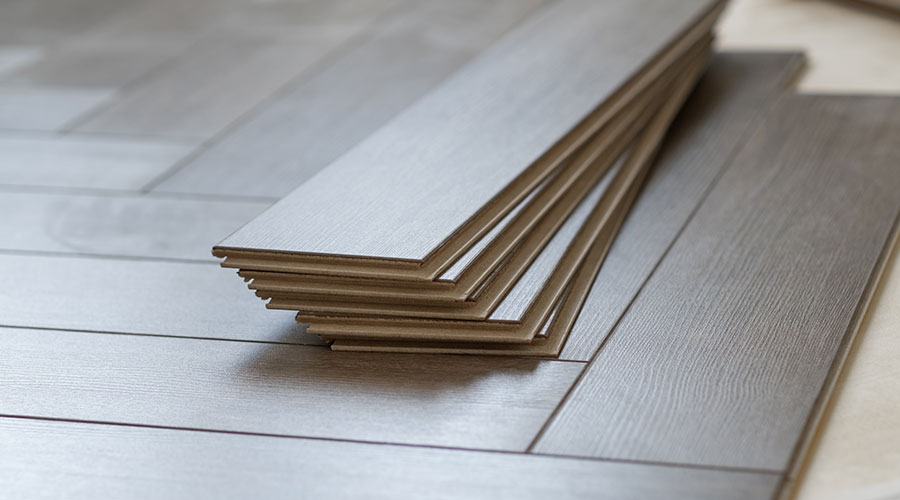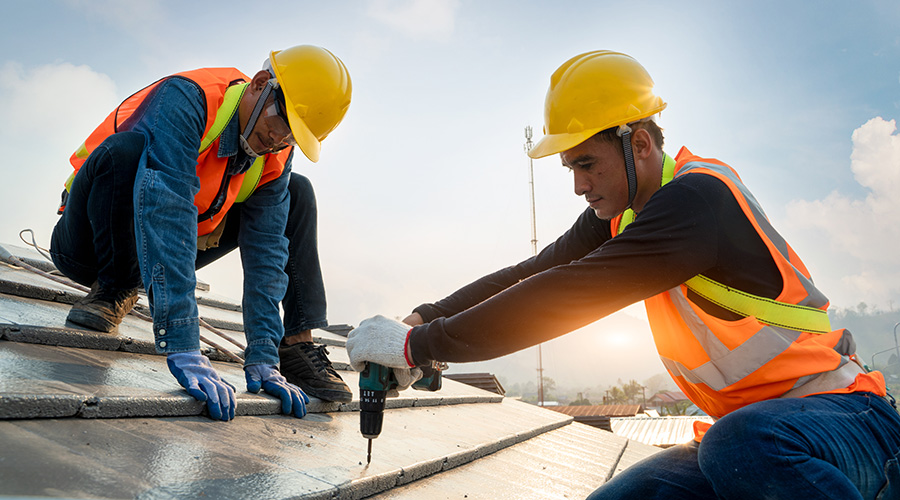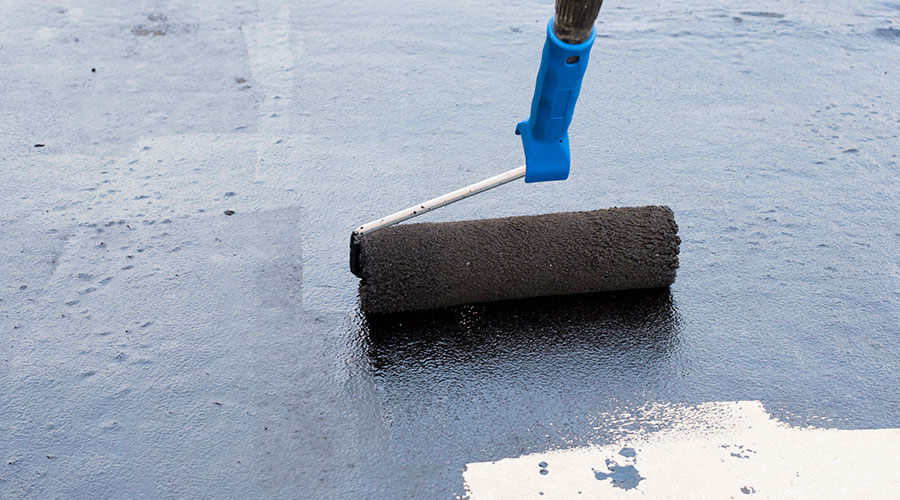Sustainable Commercial Flooring Trends and Benefits
If a sustainable flooring product is labor-intensive, expensive to maintain and does not last long, it’s not sustainable, no matter how it is manufactured.
When it comes to materials of sustainable commercial-grade flooring, the focus is on renewability, safety, and circularity. According to Aronov, flooring products that are highly sought after contain high percentages of recycled content, both post-consumer and post-industrial, or are made from rapidly renewable resources like bamboo, cork, and linoleum.
“Facilities executives also look for low-VOC and non-toxic materials for their contributions to healthier indoor air quality, and they may request cradle-to-cradle-certified products, which are designed with reuse and recyclability in mind,” Aronov says.
If a sustainable flooring product is labor-intensive, expensive to maintain and does not last long, it’s not sustainable, no matter how it is manufactured. As Egan points out, all new, sustainable flooring products should be tested in the marketplace prior to being launched.
“Several of our clients have been burnt in the past by ‘so-called’ sustainable flooring products that were sold to them as equals to non-sustainable flooring in terms of wearability. Due to this situation, we ask flooring manufacturers to provide owners and facility managers with recommendations for flooring products that have been installed for several years to confirm how they are performing,” Egan says. “We also recommend installing mock-ups in high-traffic areas for clients to test new flooring products as well.”
Egan also points out that each market has its own set of qualities/properties required for sustainable flooring use. For instance, some of the important flooring considerations in healthcare inpatient projects are off-gassing (the new-car smell is actually bad for you), longevity/life-cycle costs and infection control.
“A few additional factors impacting flooring selection include acoustics, comfort under foot, ability to remove specific stains, understanding how long the owner plans to be in the current space, and knowing if they plan to use the project to promote their own ‘green story’ in marketing also make an impact on whether environmentally friendly flooring is desired,” Egan says.
As designers who serve as advocates and advisors for client teams, Margarida and the team at Spacesmith always look to evaluate manufacturers and their products through a specific set of criteria.
“This is essential in order for us to make informed, responsible material choices on behalf of our clients, and in fact we’ve developed a sustainability and transparency survey that we require any manufacturer to submit before meeting with us,” Margarida says. “The survey includes criteria such as life cycle transparency, in the form of Environmental Product Data sheets (EPDs) that demonstrate reduced greenhouse gas emissions during the product's entire life cycle and not just cradle-to-gate.”
They also require health product declarations that show flooring and adhesives have been tested vis-a-vis indoor air quality. This helps facilitate the specification of healthier, low-VOC products.
“Third-party certifications are important as well, and we look for Cradle-to-Cradle, Floorscore, Greenguard, and similar certifications,” Margarida says. “In a related vein, Parsons School of Design operates a Healthy Materials Lab, which is a great resource. We often consult their database.” Finally, circular economy practices are another criteria we use for evaluating manufacturers. The Spacesmith team will look for products that are designed for reuse or recycling at the end of their life span, and also prioritize manufacturers who run take-back programs.
Proper Disposal
Flooring within commercial and public buildings has a designated lifespan and as facility owners and managers turn their attention to sustainable flooring options, they are also focused on proper end-of-life disposal options.
Egan says there are multiple companies offering to reclaim previously installed flooring to be repurposed and recycled into other products.
“While this service is honorable and beneficial to the environment, we have not seen this factor make any difference in the flooring products that are being specified or requested by owners or facility executives,” Egan says.
However, Aronov says sustainability doesn’t stop at installation. For example, facilities teams prefer and embrace products with take-back programs, which are becoming a standard among leading manufacturers.
“Recyclable materialshelp reduce waste, andmodular systems do so as well while also making the eventual replacement process easier,” Aronov says. “Biodegradable materials are an increasingly popular option, especially in spaces where natural materials are preferred, and applications of design for disassembly is also on the rise, enabling flooring components to be quickly and easily separated, to be reused or recycled.”
Future Trends
Egan believes sustainable flooring is quickly improving and will only get better. As new products and manufacturing processes improve and become more efficient and cost effective, the options will continue to grow and this will hopefully drive the cost down.
Aronov also agrees that sustainable flooring is here to stay.
“The move toward sustainable flooring is part of a broader, long-term shift in how buildings are designed, built, and maintained,” Aronov says. “As climate concerns intensify and ESG reporting becomes more rigorous, sustainability is no longer just a nice thing to have, or a box to be checked off – it’s a business imperative.”
Maura Keller is a freelance writer based in Plymouth, Minnesota.
Related Topics:






